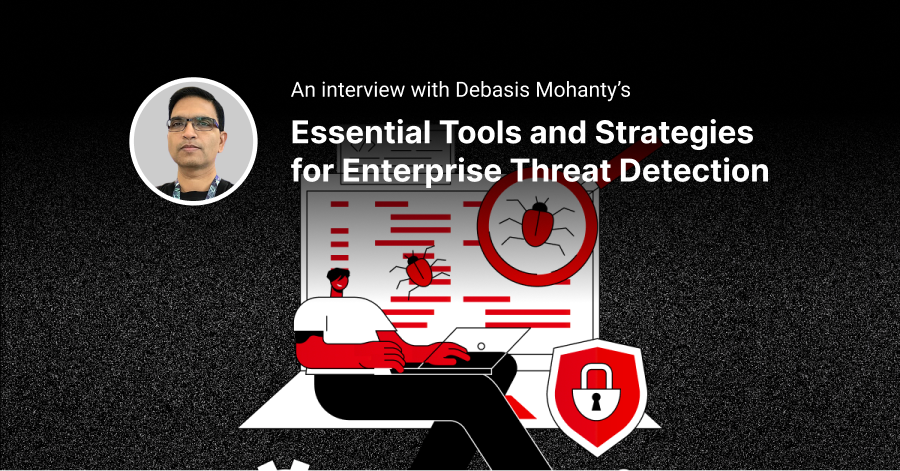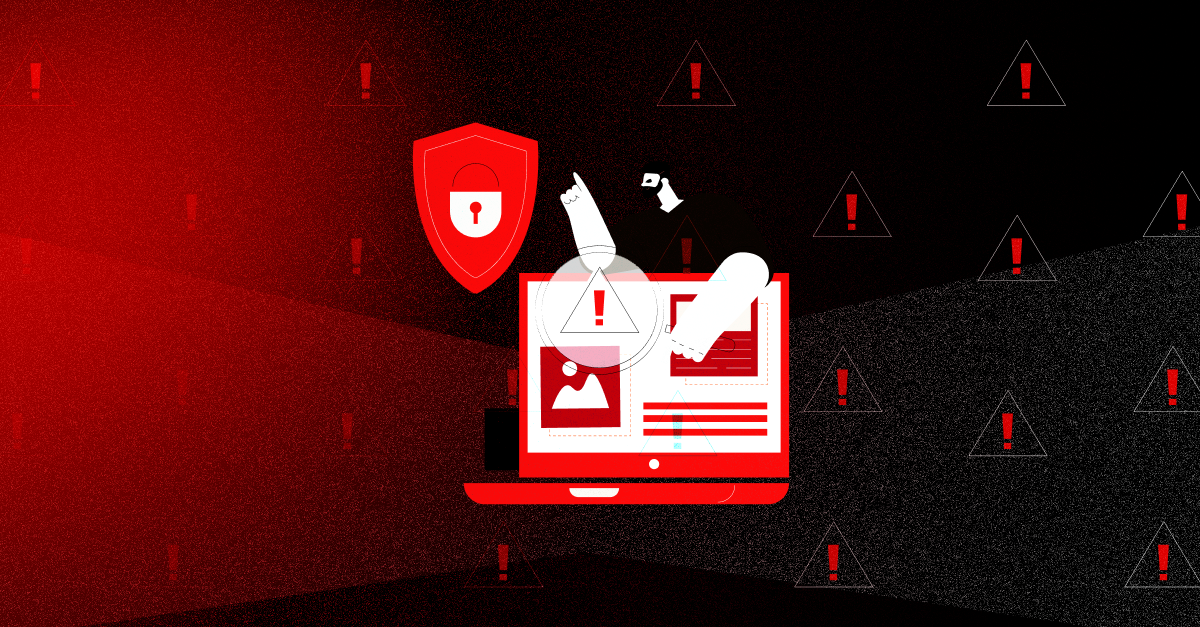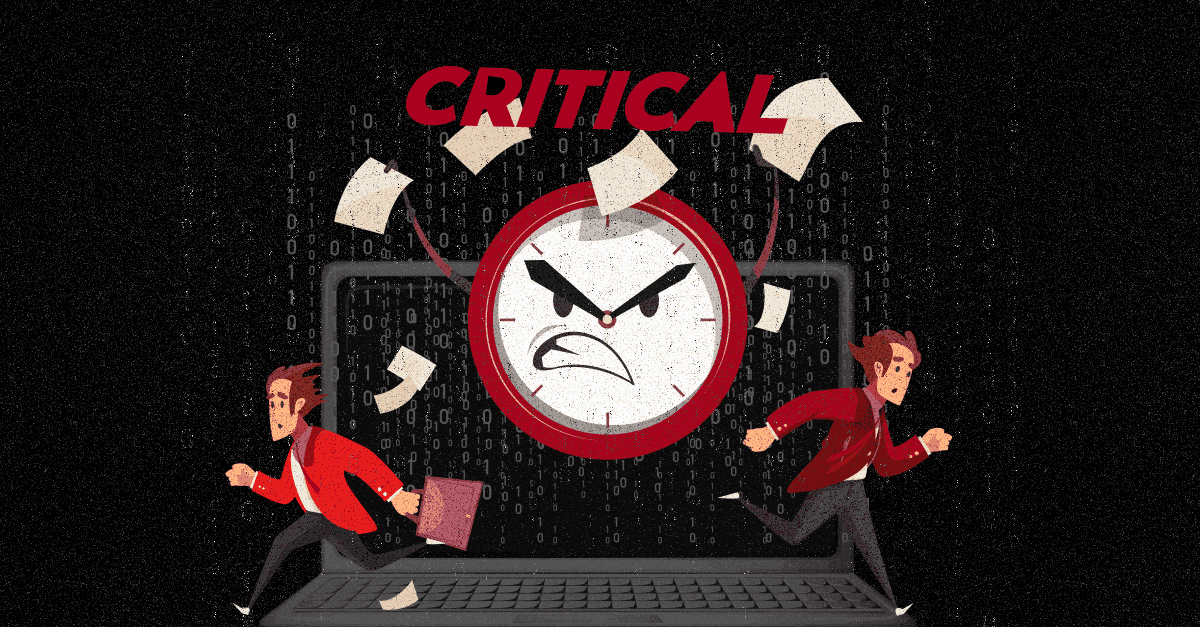Guide to Security Orchestration Automation and Response (SOAR)
Threat Intelligence • June 13, 2021

Gartner defines Security Orchestration Automation and Response (SOAR) as “technologies that enable organizations to collect inputs monitored by the security operations team.”
SOAR enables organisations to understand potential threats, streamline security operations, and effectively respond to security events without human intervention. To achieve these goals, SOAR platforms provide three key security components:
- Orchestration: Integrate disparate security systems and tools to improve incident responses
- Automation: Automate security operations to eliminate the need for human input
- Response: Improve the planning, management, and reporting of actions in response to security incidents
In this article, we will explore the capabilities of Security Orchestration Automation and Response. We will also discuss its benefits and the differences between SOAR and Security Information and Event Management (SIEM).
SOAR Capabilities
Today’s expanding threat landscape is driven by serious threat vectors, malicious actors, and sophisticated attack tools. In such a critical scenario, it’s not easy for organizations to even keep up with the ever-changing landscape, let alone achieve their security goals. Security Orchestration Automation and Response can help bridge the gap between these goals and their implementation. Offering crucial advantages like automation, integration, threat context, and data-rich reporting, SOAR enables firms to streamline security operations, understand the threat landscape, and effectively deal with real-world events.
Threat and Vulnerability Management
In SOAR, threat and vulnerability management comes under the purview of security orchestration, which integrates different security platforms, such as:
- External threat intelligence feeds
- SIEM platforms
- User behaviour analytics (UBA), network analytics and incident forensics
- Vulnerability scanners
- Firewalls
Reliable security orchestration is the key to centralizing data, standardizing processes, and improving threat remediation and incident response. It also supports security operations automation, providing real-time threat intelligence.
Security Operations Automation
With security automation, organizations can seamlessly execute security workflows at the right time, without human intervention. SOAR tools provide playbooks and scripts to build automated workflows, resolve incidents with intelligence and agility, and minimize the impact of cyber attacks. They also automate alerts and threat response, and even trigger any follow-up investigative tasks. All these capabilities reduce the burden on security teams to improve their efficiency and productivity and decrease their Mean Time to Detect (MTTD).
Security Incident Response
Most organizations have to deal with a growing volume of alerts, many of them irrelevant and unworthy of further investigation. Security Orchestration Automation and Response automates incident responses so teams can deal with alerts more efficiently. They can also accelerate threat qualification, standardize threat investigation and response, and remediate security events faster.
The best SOAR platforms integrate with numerous third-party security platforms so a more effective incident response approach can be designed and implemented. They also collect incident data from these tools to provide a more detailed view of incidents. All in all, SOAR can help speed up Mean Time to Resolution (MTTR).
SOAR vs SIEM
Benefits of SOAR
Security Orchestration Automation and Response is a powerful way to mitigate security challenges. In addition to automation, SOAR also allows human decision-making, providing the best of both worlds.
Here are some more vital benefits of SOAR:
Optimized Threat Intelligence
SOAR platforms integrate up-to-date data from multiple security tools. They also offer contextual and intelligent decision-making to improve analysis and lessen the impact of threats. Analysts can focus their efforts on devising appropriate responses to threats that require human input.
Improved Operational Efficiency and Efficacy
Automated workflows eliminate time-consuming manual processes so teams can prioritize tasks better, save time, and simplify management.
Enhanced Incident Response
Security Orchestration Automation and Response tools can execute incident response tasks automatically and instantly. It not only reduces the MTTR it also effectively combats advanced threats, and minimizes their impact.
Easier Reporting
SOAR provides a unified view of data from various security systems through a single interface. Plus, built-in reporting and analysis highlights threats and delivers insights that can be converted into actionable, automated responses.
Lower costs
Because automation eliminates many manual tasks related to threat monitoring and detection, the cost of maintaining a security system lowers dramatically.
Getting Started with SOAR
- What are the problems we aim to solve with SOAR?
- Do we spend too much time collecting, aggregating and analyzing information?
- Are we wasting too much time with false flags?
- Is alert fatigue an issue in our team?
- Are we struggling to hire security talent?
These are all important things to consider. If, for example, your team is not experiencing fatigue, or chasing down false flags, then SOAR may not be a current necessity. If, on the other hand, the growing threat landscape is also expanding these issues, then SOAR may be exactly what your organization needs.
Conclusion
Related Content





